August 28, 2024 - Ross Video Team, Insights & Resources
Future of News Broadcasting with Virtual Sets and AR
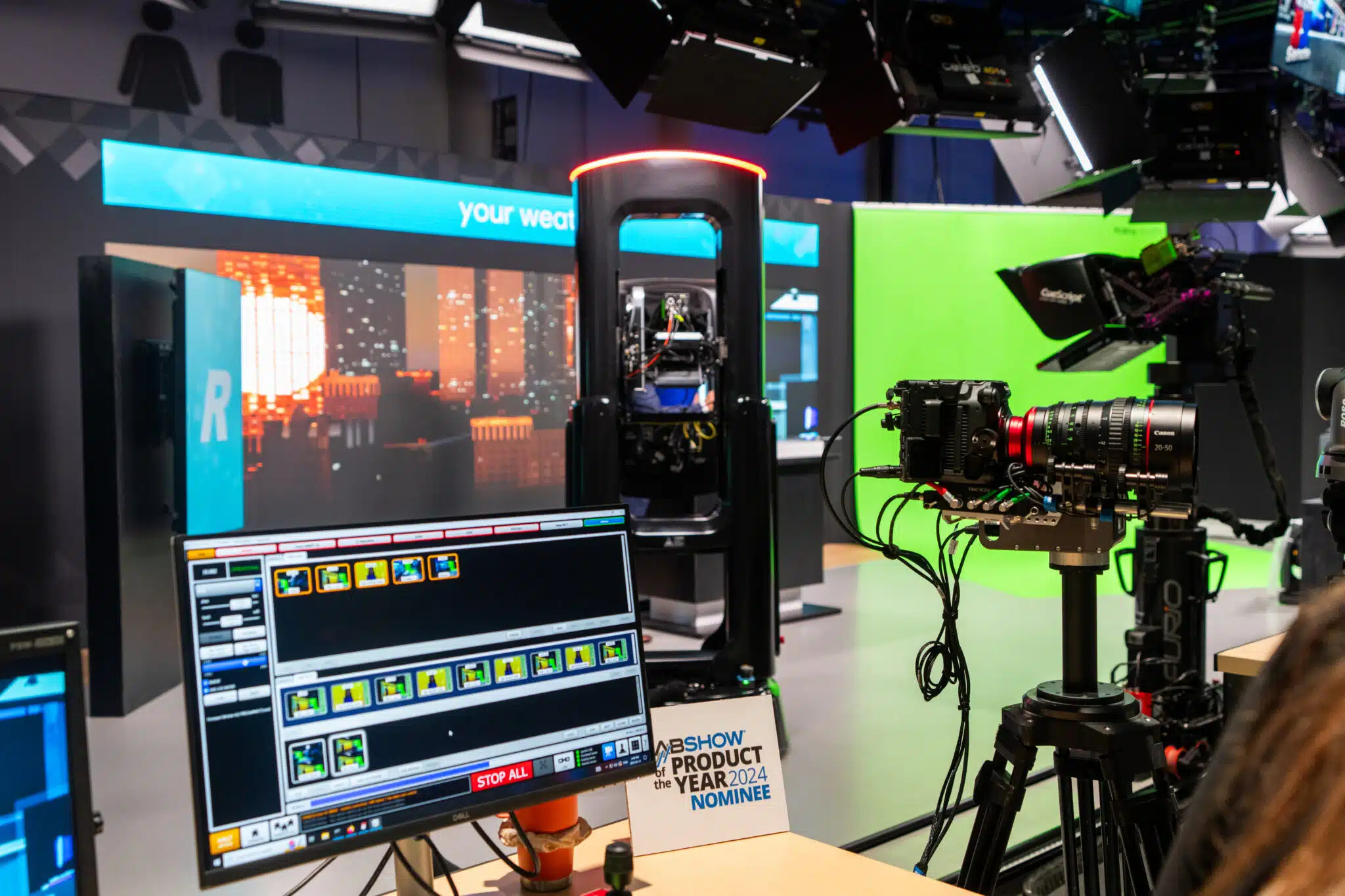

Local TV stations are increasingly turning to virtual sets and augmented reality (AR) technology to enhance their storytelling capabilities. The recent TVNewsCheck webinar, “Virtual Sets, AR and the News,” shed light on this trend, highlighting how industry leaders are leveraging these tools to transform their production workflows. Mike Paquin, Senior Product Manager, Virtual Solutions at Ross Video, joined leaders from Televisa Univision, WCBV, and CBS-KPIX, to discuss the state of virtual set technology and its future potential in newscasting.
One critical development driving the adoption of virtual sets and AR technology is the significant improvement in realism and integration with existing production workflows. This was emphasized by various broadcasters who have successfully integrated these technologies into their operations. For instance, KPIX, a CBS-owned station in San Francisco, uses a virtual set powered by Unreal Engine rendering to bring weather stories to life. This setup allows meteorologists to present weather conditions dynamically, making the broadcast more engaging for viewers.
Mike Paquin highlighted the importance of these advancements: “The three biggest areas of improvement in virtual set technology are camera tracking; higher-performance, standardized rendering; and tighter workflow integration with legacy systems like graphics and production automation.”
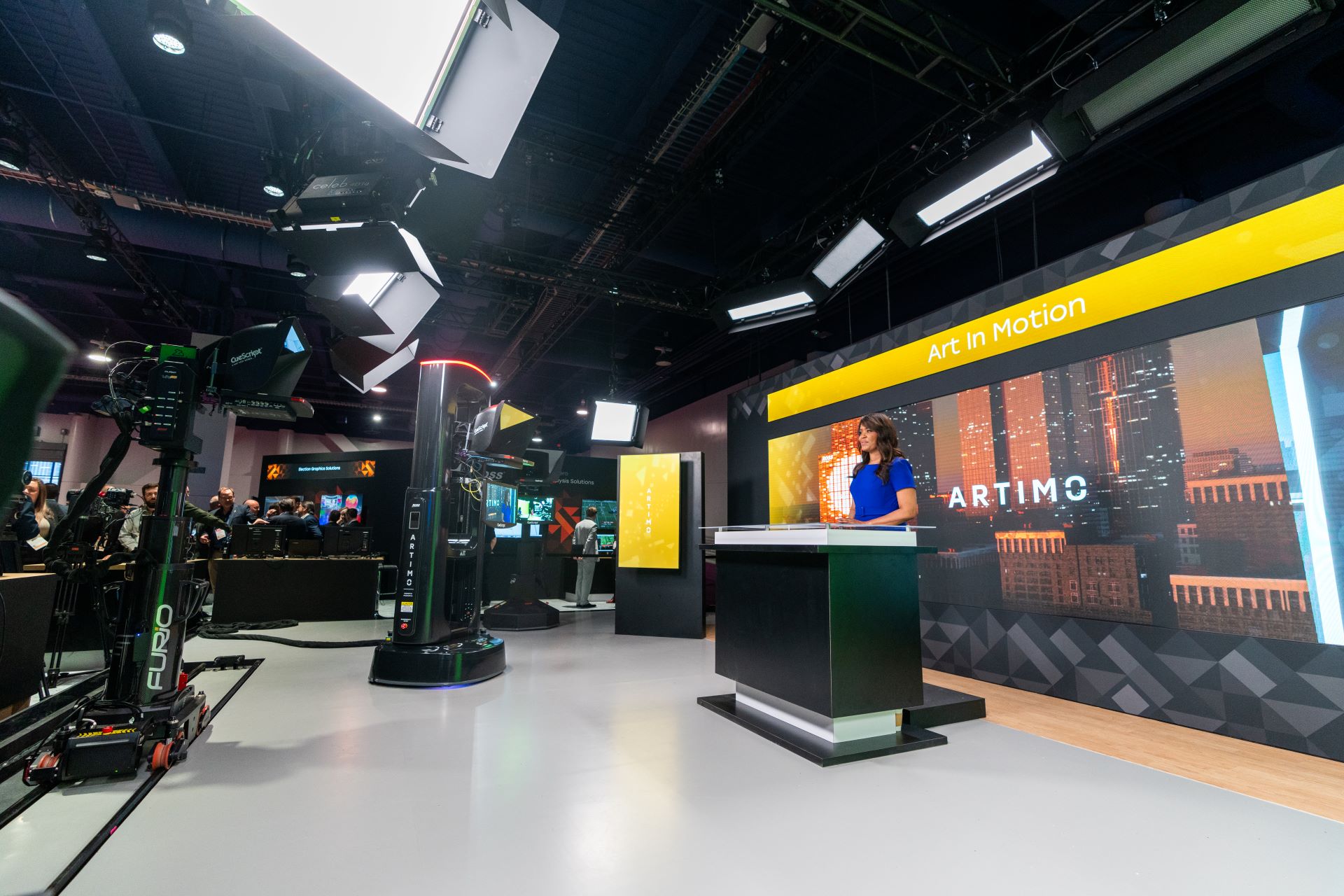
The usability of virtual sets and AR for everyday news production has also improved significantly. Paquin explained how modern tracking technologies have made virtual sets more reliable and easier to use: “If you go back 10, 15 years, many of the headaches people remember from tracking in a virtual set was that you had to calibrate almost every show… Now, all that tracking is either done with optical tracking or with robotics. They’re all absolute.”
This reliability has allowed broadcasters to use virtual sets more frequently and confidently, with a fraction of the work required to set up and maintain them, which was a significant limiting factor. For example, KPIX has extended its virtual set usage beyond weather presentations to other segments, including special coverage of major events like the Grammys and the Super Bowl.
TelevisaUnivision, which operates several broadcast and cable networks across the US and Mexico, is currently working with Ross OverDrive to expand their virtual capabilities and make their productions more dynamic and efficient. Ruben Robledo, TelevisaUnivision SVP Production Operations, commented on the successful proof of concept implemented with Ross Video, “It didn’t change a lot from the control room back for us…The camera sees a studio. But there are changes for the people in the studio, the anchors, the people trying to position themselves in this environment that doesn’t exist.”
That’s where LED displays can be helpful. LED virtual backgrounds offer greater versatility and ease of use compared to traditional green screens and a more naturally interactive environment for talent. While the initial costs are higher, the ability to create immersive environments with LED technology opens new possibilities for broadcasters. Large networks like Eurosport and ESPN have taken the plunge and invested in high-definition LED walls successfully.
While Unreal Engine has become a standard for creating photorealistic graphics, it still requires customization to meet the specific needs of broadcasters. Ross Video has taken on this task, ensuring Unreal Engine performs efficiently for live production environments. Paquin noted, “What we do is help broadcasters essentially pare down the engine… You have to build it for live production, so bringing in live inputs, data integration, and weather stats are important. We build the tools to help do that, making it easy for news broadcasters to use every day.”
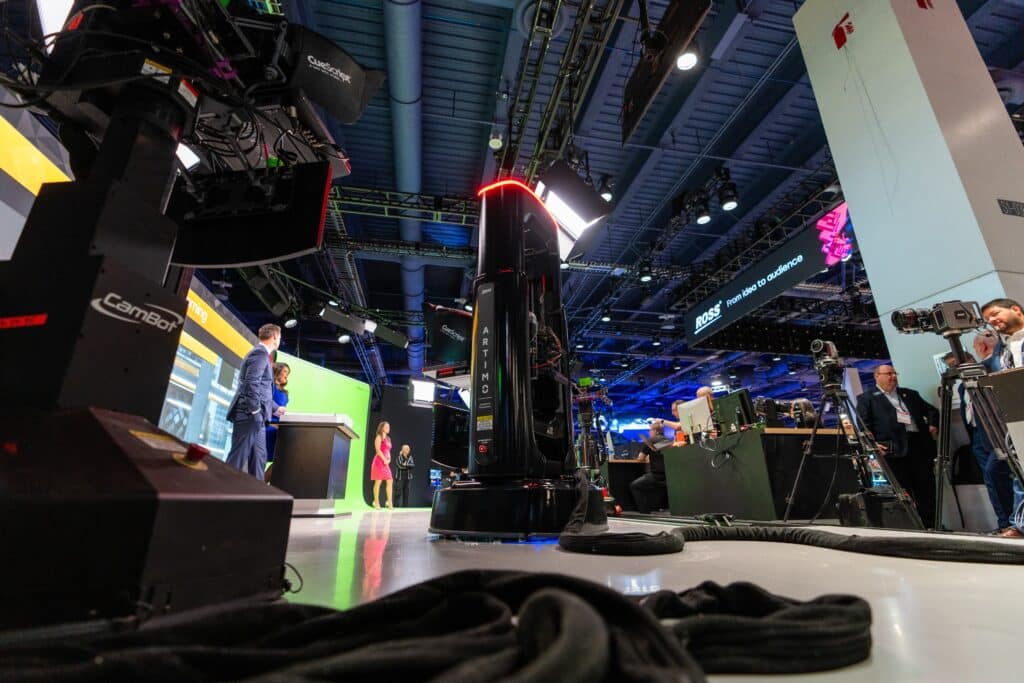
This customization extends to solutions to integrate Unreal engine integration with other standard live production systems, such as MOS and tracking technology for robotic camera systems. This level of integration means that stations can operate virtual sets without needing a dedicated team, making it feasible for everyday use.
As Mike Paquin succinctly put it, “Now the tools are there so you can integrate it with your switchers or your other graphics systems and make it so it can be used every day, and you don’t need to have a small team of people that that’s all they do.”
Adopting virtual sets and AR technology is part of a significant shift towards more innovative, creative, and flexible broadcasting solutions. Investing in these technologies is becoming increasingly beneficial for newscasters looking to stay competitive and enhance their storytelling capabilities.
Watch the webinar for more insights into how local TV news stations are using virtual sets and augmented reality to build their audience with improved storytelling.
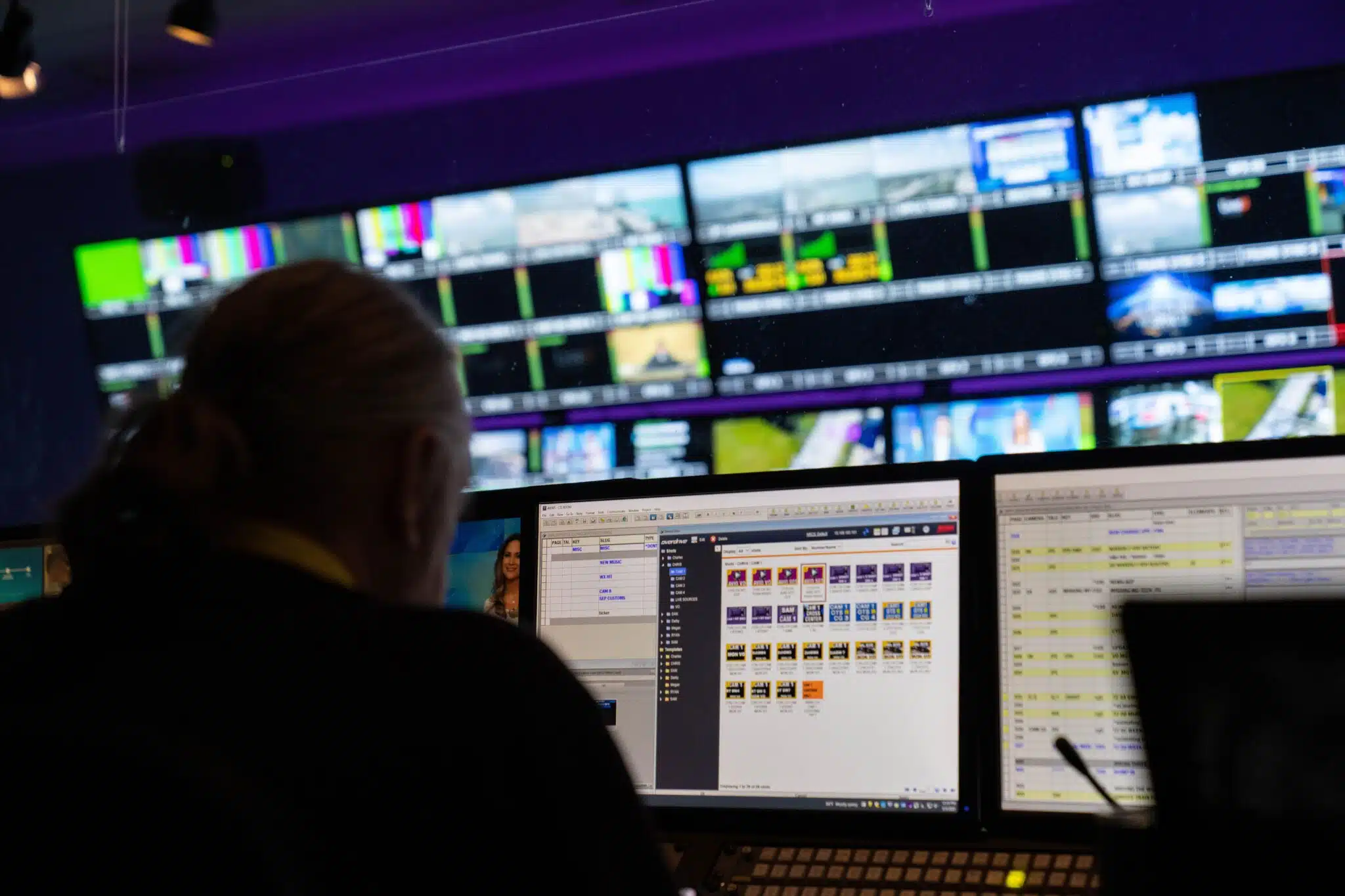
Traditional news media is under increasing scrutiny, critique, and often attack from administrations on both sides of the aisle and an ever-more distrusting and distracted populace. Even …
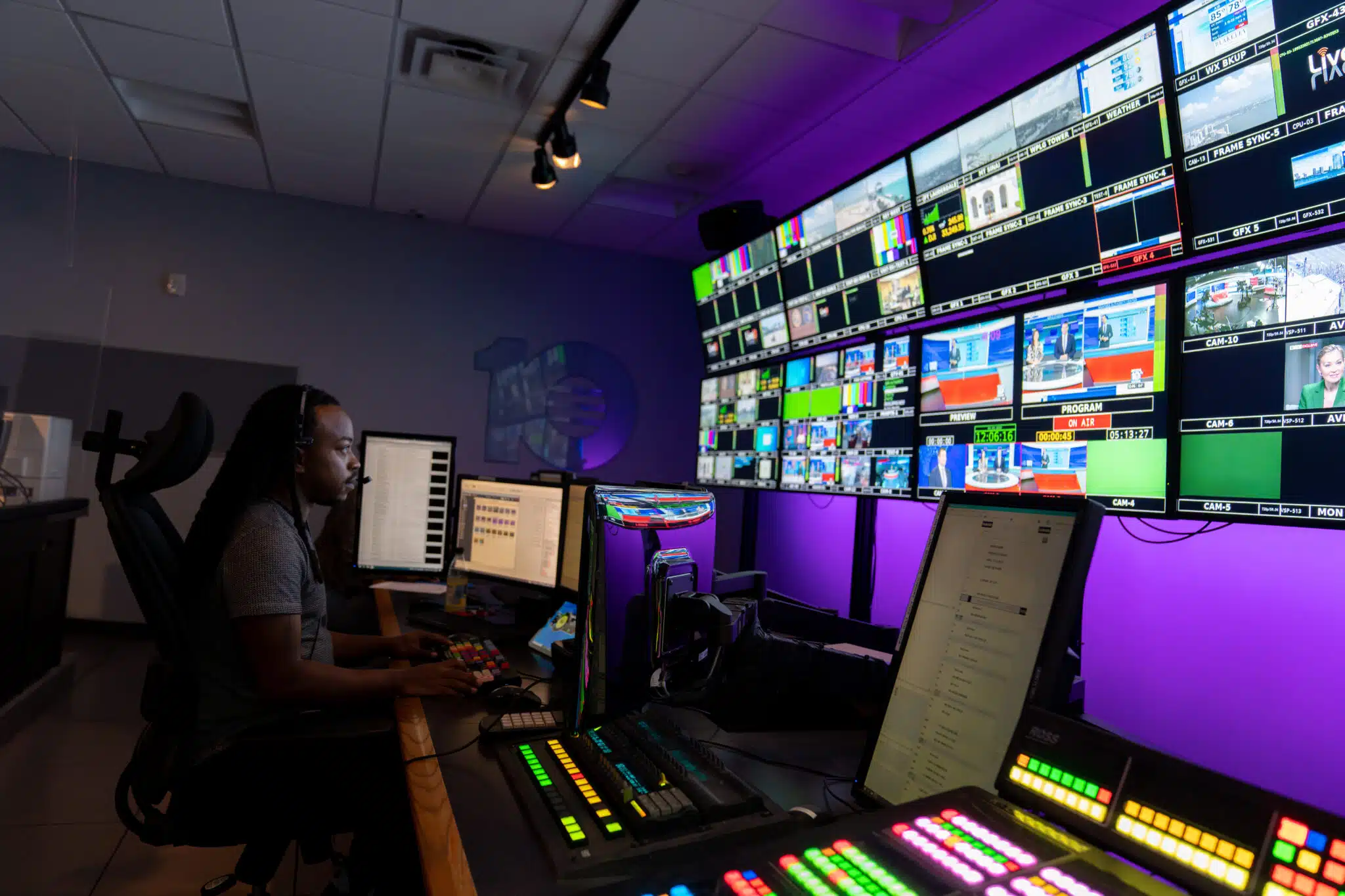
Some of the biggest news stories of all time — the Chilean Miner Rescue, the O.J. Simpson Trial, and the Miracle on the Hudson — started with …
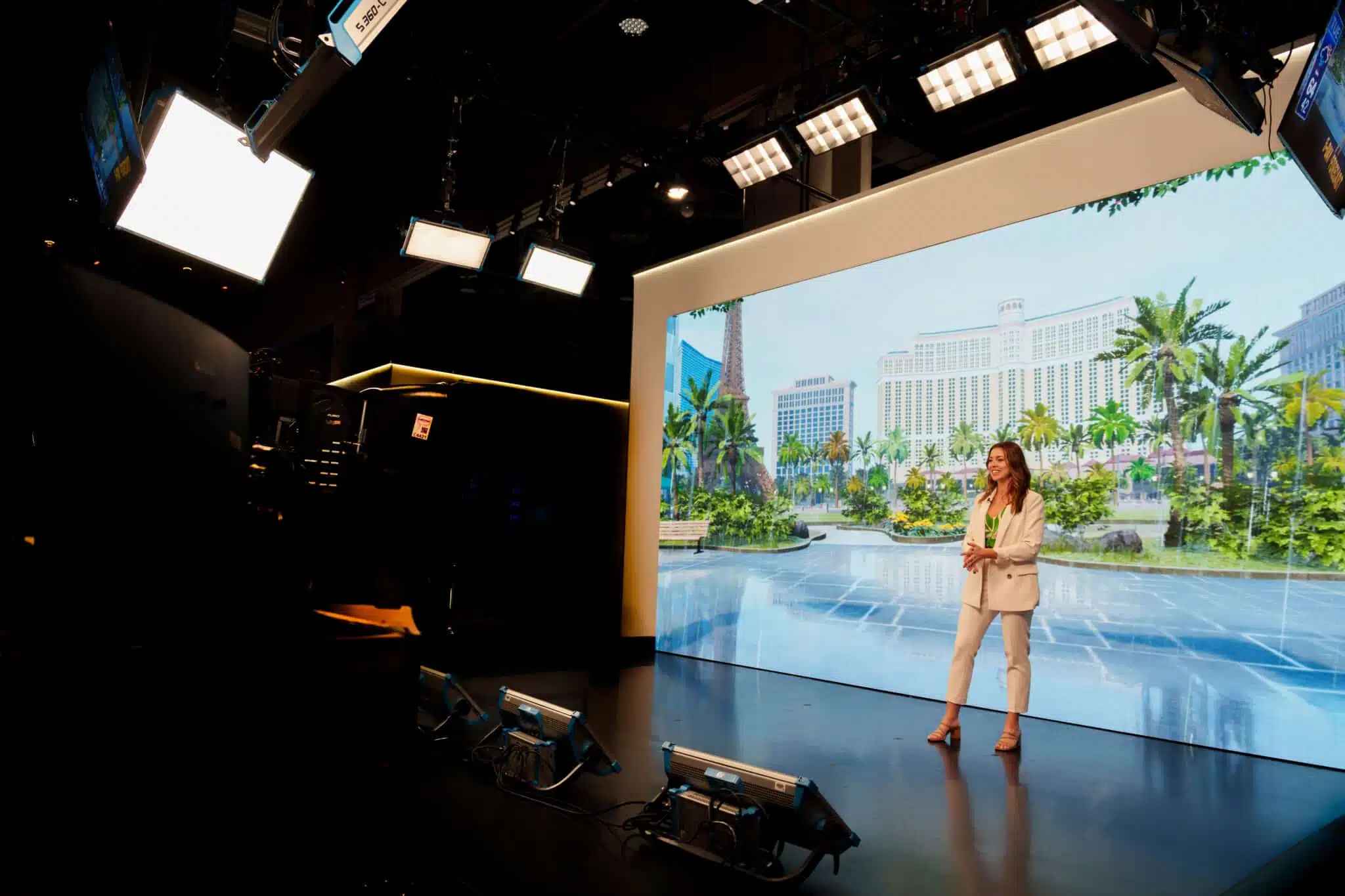
Contrary to what many believe, virtual studio solutions are not new technology. They have just been neglected. CBS tried them at the dizzy heights of the dot-com …
Watch the free recording to discover how industry leaders are leveraging AR/VR to enhance their broadcasts.